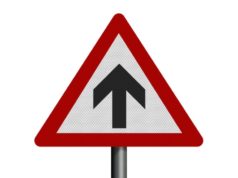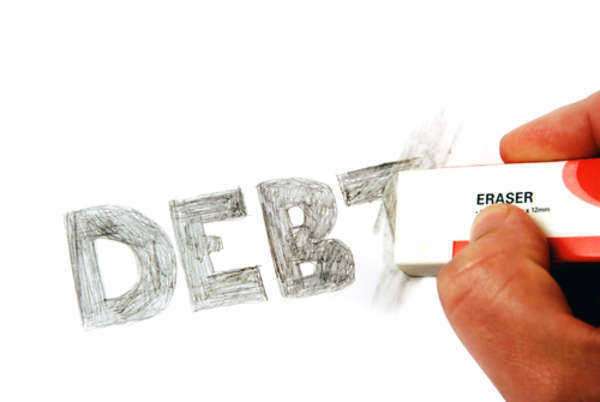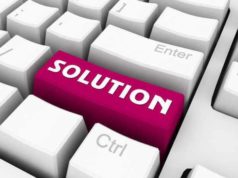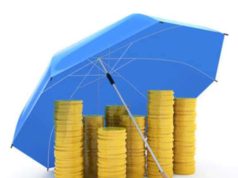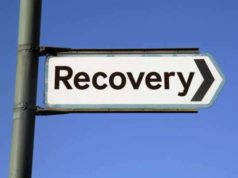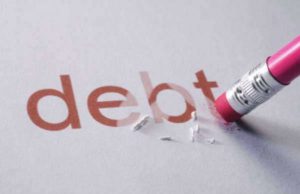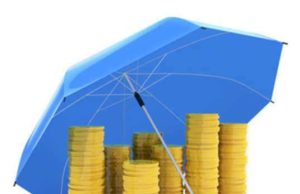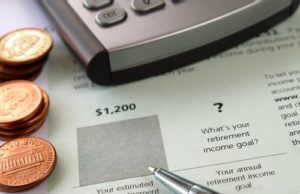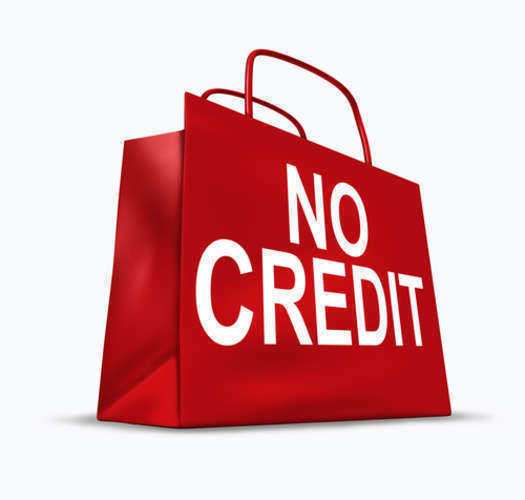
Bad Credit Loans: What You Need To Know
Introduction
Bad credit loans are an option for individuals with poor credit history. Financial institutions are hesitant to lend money to individuals with bad credit scores. But with bad credit loans, these individuals can access loans. Although it might come with high-interest rates, it is a life savior for many during emergencies.
What are Bad Credit Loans?
Bad credit loans refer to loans that are extended to individuals with poor credit history. It is a form of consumer credit that offers loans to individuals who do not meet the creditworthiness requirements of traditional lending institutions. This type of loan can be secured or unsecured.
Individuals with bad credit scores are seen as high-risk borrowers. Their bad credit history means that they could default on their loans, leading to a loss for the lender. As a result, lending institutions are reluctant to provide them with financial aid. In the case of bad credit loans, lenders leverage high-interest rates to make up for the risk they are taking.
Types of Bad Credit Loans
There are several types of bad credit loans, and these loans come in various forms. Below are a few types of bad credit loans:
1. Payday Loans
Payday loans are one of the most popular types of bad credit loans available in the market. A payday loan is a short-term loan that is typically due on the borrower’s next payday. The amount borrowed is usually small and is meant to help the borrower meet immediate financial needs, such as paying bills, rent, or groceries.
Payday loans come with high-interest rates and are often criticized for their predatory nature. Many borrowers often find themselves in perpetual debt cycles as they struggle to repay both the borrowed amount and interest.
2. Installment loans
Installment loans are another type of bad credit loan. Unlike payday loans, installment loans offer longer repayment periods, ranging from three months to five years. These loans have a higher borrowing amount and are often secured.
3. Secured loans
Secured bad credit loans require collateral to secure the loan. This could be a car, a piece of property, or any asset with significant value. The collateral acts as security for the borrower, guaranteeing that the lender can recover the amount borrowed in case of default.
4. Unsecured Loans
Unsecured bad credit loans do not require collateral. However, they come with higher interest rates and are more challenging to secure than secured loans.
Benefits of Bad Credit Loans
1. Access to funds
Bad credit loans are a lifeline for individuals with bad credit scores. They offer access to funds when traditional lending institutions are unwilling to lend.
2. Helps improve credit scores
Borrowing and repaying bad credit loans on time helps improve your credit scores. With each repayment, your credit score improves, making it easier for you to qualify for traditional loans in the future.
3. Quick approval
Bad credit loans have quick approval periods, and the funds are often disbursed within days, which makes them ideal for emergencies.
4. Various loan options
There are several types of bad credit loans, and borrowers can choose which one best suits their needs.
Disadvantages of Bad Credit Loans
1. High-interest rates
Bad credit loans come with high-interest rates, meaning borrowers end up paying more than they would for a traditional loan.
2. Risk of default
Individuals with bad credit scores are seen as high-risk borrowers, and they are more likely to default on loans. This puts lenders at risk of losing money.
3. Predatory lenders
The bad credit loan industry is full of predatory lenders who take advantage of people in need. It is essential to be cautious when choosing a bad credit lender to avoid falling into the hands of such lenders.
Who Needs Bad Credit Loans?
Bad credit loans are for individuals with poor credit scores. Below are examples of individuals who may need bad credit loans:
Individuals with a history of defaulting on previous loans
People who have a high credit utilization rate
Individuals with a history of bankruptcy
People with no credit score, such as students or newcomers to the country
Government Resources on Bad Credit Loans
The United States government has several resources to help individuals understand bad credit loans and make informed decisions. Below are a few:
1. Federal Trade Commission
The Federal Trade Commission (FTC) is responsible for ensuring that consumers are protected from deceptive and unfair business practices. The commission has a dedicated section that educates consumers on consumer loans, including bad credit loans.
2. Consumer Financial Protection Bureau
The Consumer Financial Protection Bureau (CFPB) is a federal agency that promotes consumer protection and financial literacy. The bureau has an extensive library of resources on consumer loans, including bad credit loans.
3. Federal Reserve Board
The Federal Reserve Board (FRB) is responsible for implementing monetary policy and ensuring the stability of the financial systems in the United States. The board has resources on consumer loans, including bad credit loans.
Conclusion
Bad credit loans have become a lifeline for individuals with poor credit scores. It offers access to funds when traditional lending institutions are unwilling to lend. However, it comes with high-interest rates, making it essential to shop around for lenders with favorable terms and conditions. The United States government has several resources to help individuals understand bad credit loans. It is essential to read through these resources to make informed decisions when considering bad credit loans.
What are Bad Credit Loans?
Bad credit loans are sources of financing awarded to individuals with sub-par credit ratings. These loans are always attached with unfavorable terms; bad credit loans have higher interest rates, undesirable maturity dates (bad credit loans require a quick repayment) and/or high service fees. These unfavorable variables are attached to bad credit loans because they mitigate the risk associated with a default—bad credit loans are only given to consumers who are deemed risky.
Bad credit loans can be delivered to a risky consumer in a variety of ways: bad credit loans can be supplied via a high-interest credit card, a payday loan or a personal loan attached with exorbitant interest rates. Regardless of the medium, all bad credit loans have uniform characteristics; they are always given to individuals (who otherwise could not secure a standard loan or line of credit) who are deemed risky by a credit institution and they are always attached with less than favorable interest rates or repayment schedules.
How Do I Secure Bad Credit Loans?
A number of financial institutions will offer bad credit loans. The most common forms of bad credit loans are payday loans (offered by payday loan institutions) or high interest credit cards (offered by credit card companies or banks that provide secured credit lines or credit cards that offer a consumer a means to rebuild their credit).
To obtain bad credit loans a consumer can simply apply online, through the aforementioned institution’s websites. The majority of consumers will be accepted for a bad credit loan, although some institutions may require supplementary information, including pay stubs, to illuminate the prospects of repayment.





